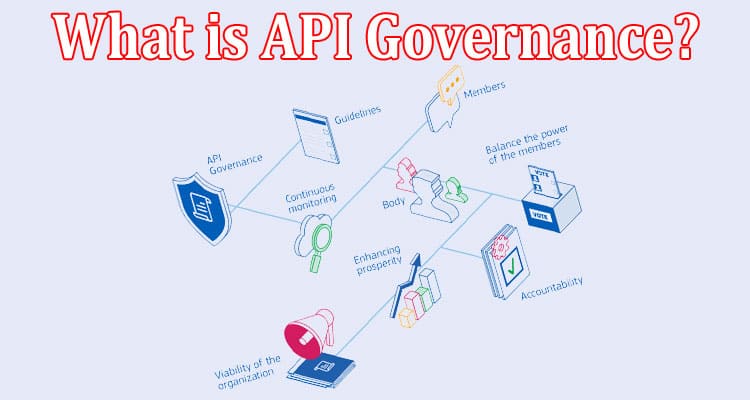What is API Governance?
Introduction
API governance is an essential aspect of software development, but it can also be a bit of a buzzword. What does it mean? Is it different from other types of software governance? This article will answer those questions and more, so you can implement good API governance in your organization.
What is API governance?
API governance is managing and governing the use of APIs in an organization. It is also known as API management. API governance is a subset of IT governance, which is the set of processes, policies, and procedures that an organization uses to manage its information technology assets. IT governance aims to ensure that all IT activities are aligned with business objectives.
Why is API governance important?
API governance is important because it helps you to manage the risk associated with APIs. As more and more applications are built on top of your APIs, there is a greater chance that they will be used in ways you did not intend, resulting in negative consequences. If a change needs to be made, you must have a transparent process to ensure the new version won’t break any existing integrations.
For example:
- You want to add an extra parameter to one of your API endpoints that allow users of your application who haven’t logged in yet to access specific resources (like their address book).
- Your team decides this parameter should be called `guest` and added as `?guest=true` when users don’t log in yet. They also decided this new parameter would just show up as part of any request made by an unauthenticated user, so anyone using the old version (with no parameters) would still get the same response as before. However, there’s one problem: The other engineers working on this project aren’t sure if any third-party apps rely on GET requests with no parameters!
Are there different types of governance?
API governance is specific to the management processes and policies that are used to manage APIs.
There are multiple types of governance, depending on what you’re trying to govern or manage. For example:
- There’s business governance (which is concerned with managing the entire business).
- Then there’s IT governance (which is concerned with managing IT operations).
- And finally, there’s API governance (specifically concerned with managing APIs).
Who should be involved in governance?
API governance touches a wide variety of areas, so it’s essential to involve all stakeholders. You’ll need developers, product managers, QA engineers and testers, security experts, legal counsel (especially if you’re working with SOAP APIs), support staff, and salespeople. Marketers should also be involved in their insights on why your customers are using an API and what value it provides them.
What can I do to implement good governance?
With a solid plan in place, you can start implementing good governance.
One of the first things to do is to establish a governance committee and give it clear responsibilities. A good governance structure will include technical experts from your IT organization and representatives from other departments who may be impacted by changes in your API program. When necessary, the latter should consist of marketing, sales, customer service, and even legal departments.
Establishing a roadmap will help provide buy-in for your efforts by showing everyone what’s on the horizon for the next few months or years to see how those changes fit into their overall plans for the company’s future development and growth. You might also consider establishing policies around security or data ownership issues if they apply (and are not already covered elsewhere). These are essential topics but also very complex ones, so don’t expect them all wrapped up into one document!
Once you have a plan, what next?
The next step is to put your API governance plan into practice.
This means monitoring usage, tracking documentation changes, and reviewing security settings, all while providing support when necessary. It also means making sure you’re monitoring performance and versioning properly.
Conclusion
API governance is a critical part of any organization’s digital transformation strategy. It gives you the framework you need to protect your APIs and all their associated data, as well as enable innovation across your entire business without creating unnecessary risk or restricting your options for future development. Ultimately, it’s about ensuring that APIs are managed responsibly—and for this reason alone, it should be a priority for anyone who is thinking about using Web services in their work.




